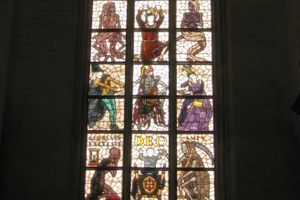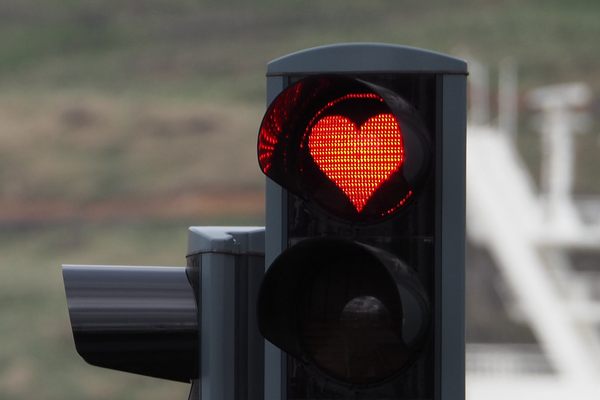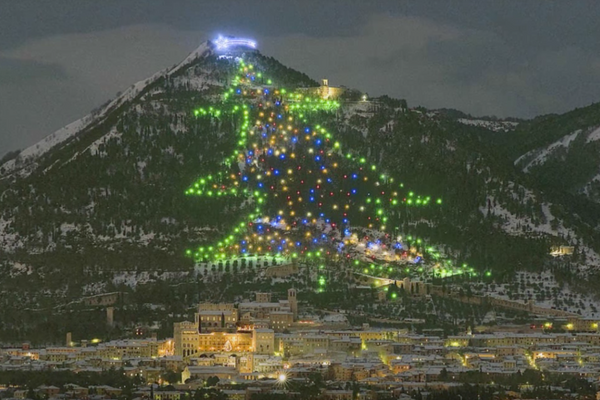About
After German Reunifaction a 380 kV power line interconnection between Krümmel Nuclear Power Station, in former West Germany, and the Görries substation in former East Germany was planned.
The plan was to replace the old coal-fired power station with a modern more powerful one. In Lübeck-Herrenwyk the former power plant, which was operated by a steelmill, a static inverter plant for a 450 kV DC powerline to Sweden was built.
This line was called "Baltic-Cable" and consists of a 250 km subsea and underground cable and 12 km overhead line in Sweden. When it was inaugurated in 1994 for several years it was the world's longest power cable.
However at those days the plan was cancelled to replace the already demolished power station Lübeck-Siems with a new one. While the 3 kilometres long 380 kV line between Lübeck-Siems and Lübeck-Herrenwyk was built in 1993, its extensions toward Krümmel and Görries were not built as result of missing construction license. However this missing line had strong effects on operating Baltic-Cable, it could only be operated with 372 MW and not with 600 MW, which it was designed for.
In 2004 this problem was solved by installing a SVC in Lübeck-Siems and by laying a 220 kV underground cable from Lübeck-Siems to Lübeck-Bargerbrück substation. After 2004 the plan for building a 380 kV line between Lübeck-Siems and Krümmel was given up. This may be also true for the section between Lübeck-Herrenwyk and Görries, which ends just 300 metres east of Lübeck-Herrenwyk substation, after in 2011 a direct 380 kV interconnection between Krümmel and Görries was built, which does not run via Lübeck.
So the 380 kV powerline between Lübeck-Siems and Lübeck-Herrenwyk ended up the only 380 kV powerline in continental Europe, which is not interconnected by other lines of this type with the remaining European 380 kV grid, the backbone of power supply in Europe.
Related Tags
Community Contributors
Added By
Published
October 1, 2010
















